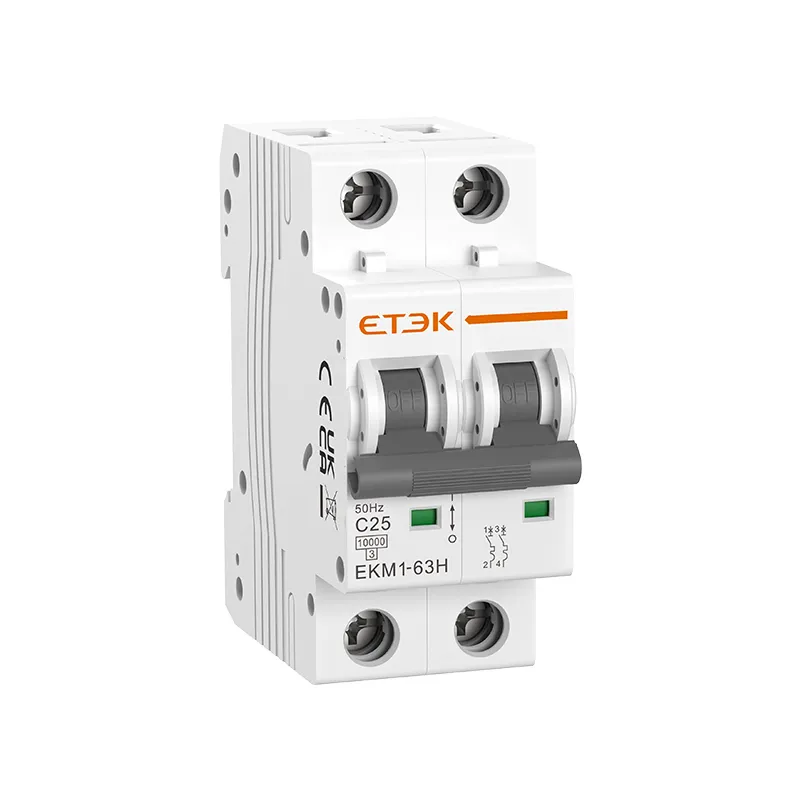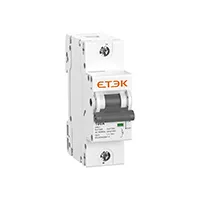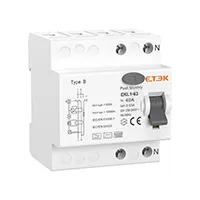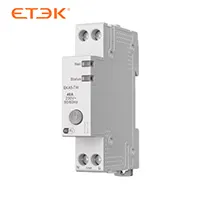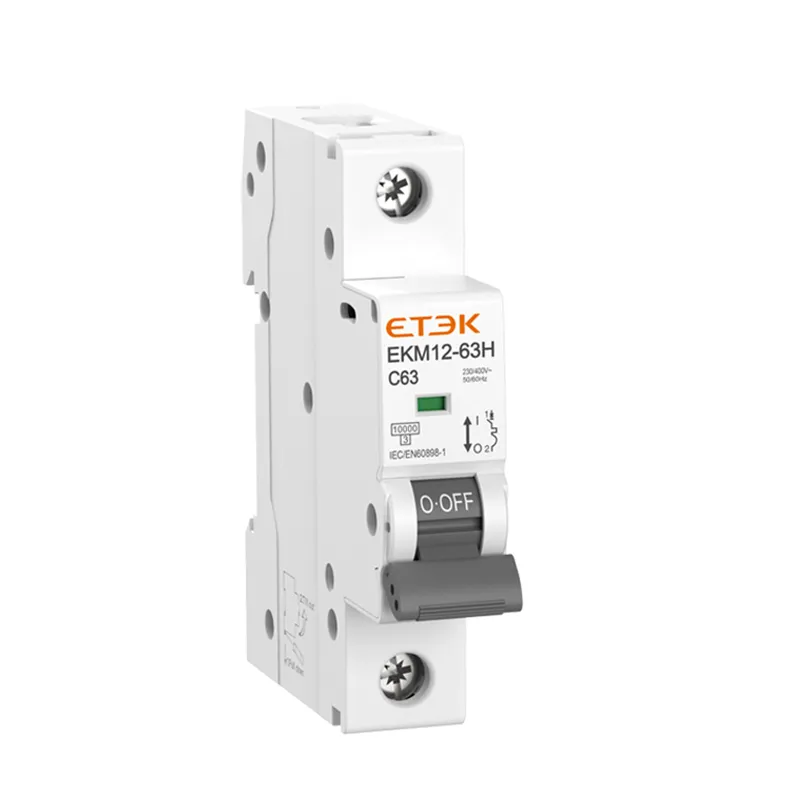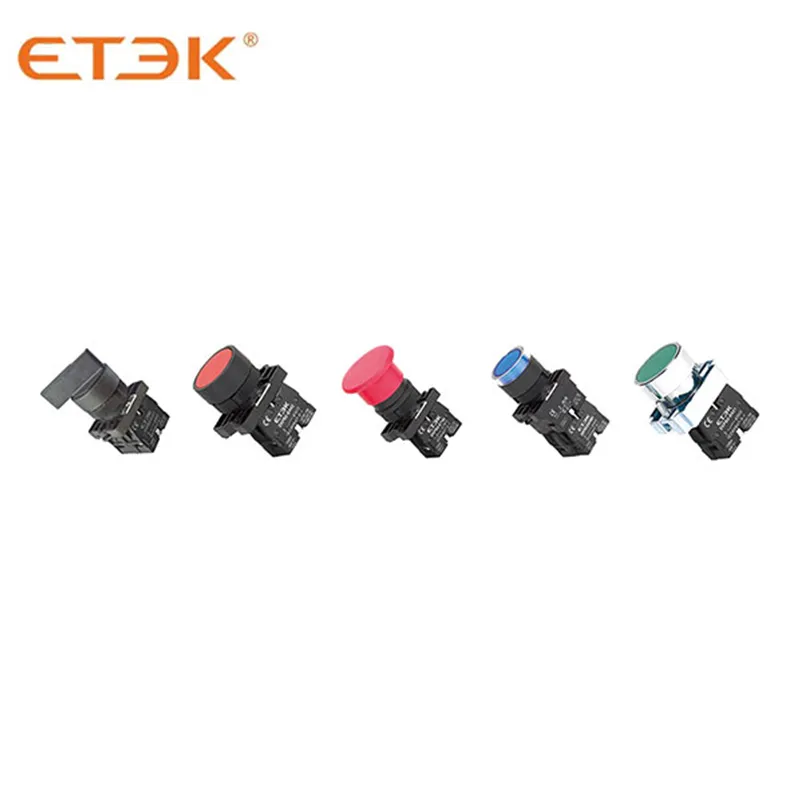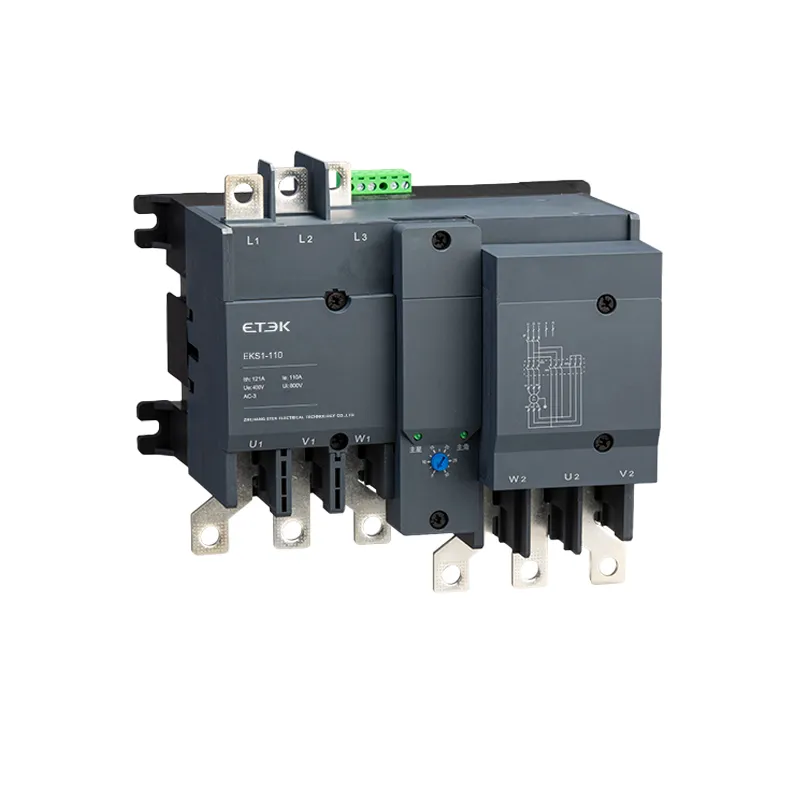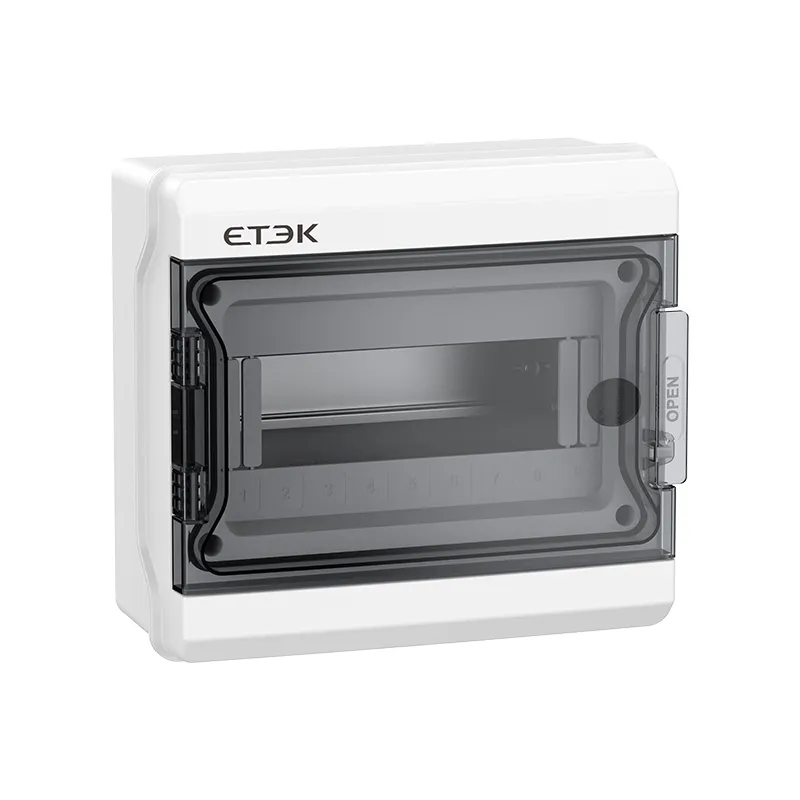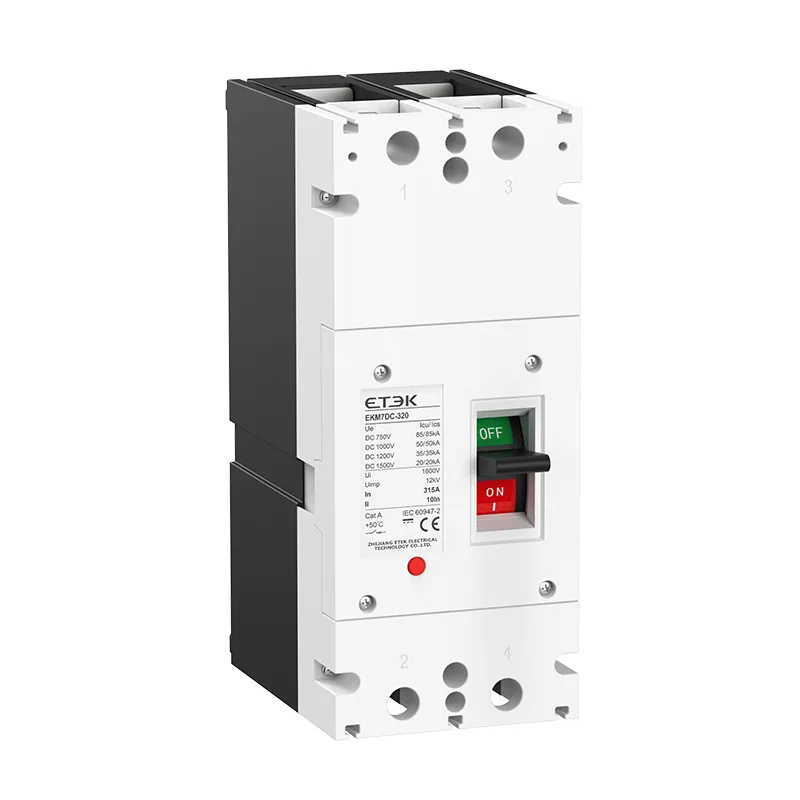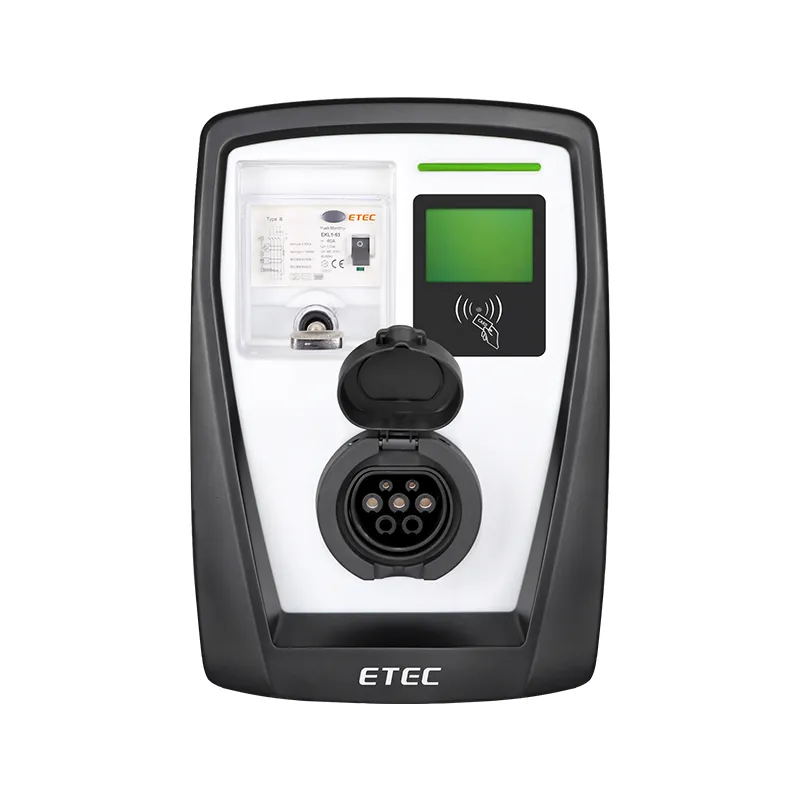Protect your electrical equipment from power surges - Surge Protective Device (SPD)
In our increasingly digital and connected world, protecting electronic devices and appliances from power surges is crucial. A power surge, often caused by lightning strikes or sudden electrical grid changes, can potentially damage or destroy sensitive equipment like computers, televisions, and smart home devices. To safeguard against these risks, Surge Protective Devices (SPDs) play a vital role.
What is a surge protector?
A surge protector is a device used to protect electrical circuits from damage caused by high surge currents. It can effectively limit the transient overvoltage and discharge surge current, thereby protecting a variety of electronic equipment, instrumentation and communication lines. When the power system is subjected to lightning or other causes of surge, SPD can in a very short period of time conduction shunt, to ensure the safety of equipment.
How Do Surge Protective Devices Work?
SPDs work by redirecting excessive voltage either to the ground or by absorbing it into internal components designed to handle high energy levels. This process effectively "clamps" the surge and protects downstream devices from potential harm. Modern SPDs are engineered to respond within nanoseconds to transient surges, providing a rapid and reliable defense against electrical damage.
Core Component of SPD
The core element of SPD is an internal nonlinear element. According to the different nonlinear elements, SPD can be divided into two types: switching type and voltage-limiting type. Among them, the varistor is a common voltage-limiting SPD element, and its working principle is based on the nonlinear resistance characteristic, which rapidly conducts when the voltage rises, thus limiting the voltage amplitude.
Application Scenarios of SPDs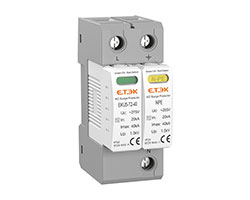
SPDs are widely used in domestic, industrial, and commercial buildings to protect power systems and communication lines from power surges. For example, in photovoltaic power plants like those equipped with the EKU5-T2-40PV, EKU5-T1+T2-40PV they effectively counteract ground potential rises caused by direct lightning strikes and induced currents in DC circuits, ensuring stable system operation. T1+T2 type surge protector (SPD) combines the characteristics of T1 and T2 types and is suitable for scenarios that require a higher level of protection. They are often installed in the main distribution board of a building, such as EKU5-T1+T2-12. Of course, in home power distribution scenarios, T2 type surge protectors, such as EKU5-T2-40, are usually used. This is because T2 type surge protectors can effectively deal with common surges and overvoltages, provide adequate protection, and are suitable for the needs of home electrical equipment.
When choosing a Surge Protective Device (SPD), focus on these key factors:
1. Voltage protection level (Up): The voltage protection level refers to the value of the voltage limit of the SPD under the specified test conditions. When selecting, ensure that its protection level is lower than the withstand voltage level of the protected equipment.
2. Nominal discharge current (In): The nominal discharge current is the maximum current value that the SPD can withstand under specified conditions. It is usually defined by an 8/20μs waveform, and the selection should be determined based on the lightning current intensity of the actual application.
3. Maximum discharge current (Imax): The maximum discharge current is the maximum impact current value that the SPD can withstand under specified conditions. When selecting, the current lightning risk at the installation location should be considered.
4. Continuous operating voltage (Uc): The continuous operating voltage is the maximum voltage that the SPD can withstand for a long time without being damaged. It should be selected to be higher than the highest continuous operating voltage of the power grid.
5. Response time: The shorter the response time of the SPD, the better the protection effect. Usually, the response time is in nanoseconds.
6. Protection mode: Look for surge protectors that offer protection for all types of surges, including line-to-neutral, line-to-ground, and neutral-to-ground.
7. Installation location: Depending on the installation location, SPD can be divided into power side protection, signal line protection, equipment front-end protection, etc. The selection should be determined according to the actual application scenario.
8. Environmental conditions: Consider the environmental adaptability of SPD, such as temperature range, humidity, protection level, etc., to ensure that SPD can work normally in the actual use environment.
9. Standard certification: Choose SPD that meets international or national standards, such as IEC 61643-11, IEC 61643-31, etc., to ensure product quality and safety.
10. Brand and after-sales service: Consider the brand reputation and after-sales service when selecting SPD to ensure reliable performance and timely maintenance.
Surge Protective Devices are indispensable tools for safeguarding electronic equipment against the damaging effects of power surges. Whether you're protecting a single computer or an entire building's electrical infrastructure, investing in quality SPDs can prevent costly downtime and equipment replacement. By understanding their function and selecting the right SPD for your needs, you can ensure that your valuable electronics remain safe and operational in the face of unpredictable electrical disturbances.
ETEK Electric offers you different types of surge protection devices. If you're not sure how to find a surge protection device that exactly meets your needs, ask us and we'll provide you with a comprehensive guide.



